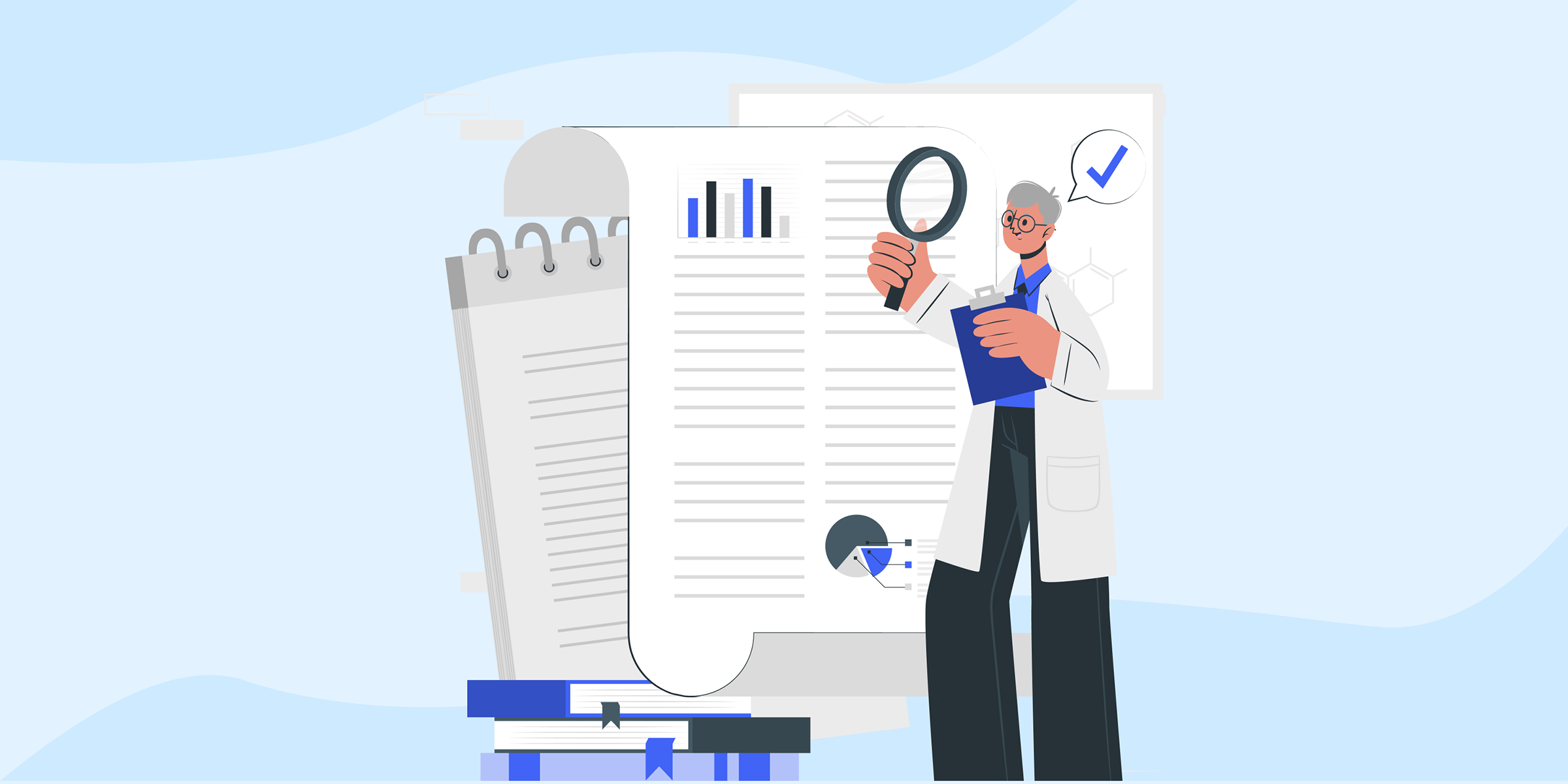Residential Proxies
Allowlisted 200M+ IPs from real ISP. Managed/obtained proxies via dashboard.

Proxies Services
Residential Proxies
Allowlisted 200M+ IPs from real ISP. Managed/obtained proxies via dashboard.
Residential (Socks5) Proxies
Over 200 million real IPs in 190+ locations,
Unlimited Residential Proxies
Unlimited use of IP and Traffic, AI Intelligent Rotating Residential Proxies
Static Residential proxies
Long-lasting dedicated proxy, non-rotating residential proxy
Dedicated Datacenter Proxies
Use stable, fast, and furious 700K+ datacenter IPs worldwide.
Mobile Proxies
Dive into a 10M+ ethically-sourced mobile lP pool with 160+ locations and 700+ ASNs.
Scrapers
Collection of public structured data from all websites
Proxies
Residential Proxies
Allowlisted 200M+ IPs from real ISP. Managed/obtained proxies via dashboard.
Starts from
$0.6/ GB
Residential (Socks5) Proxies
Over 200 million real IPs in 190+ locations,
Starts from
$0.03/ IP
Unlimited Residential Proxies
Unlimited use of IP and Traffic, AI Intelligent Rotating Residential Proxies
Starts from
$1816/ MONTH
Rotating ISP Proxies
ABCProxy's Rotating ISP Proxies guarantee long session time.
Starts from
$0.4/ GB
Static Residential proxies
Long-lasting dedicated proxy, non-rotating residential proxy
Starts from
$4.5/MONTH
Dedicated Datacenter Proxies
Use stable, fast, and furious 700K+ datacenter IPs worldwide.
Starts from
$4.5/MONTH
Mobile Proxies
Allowlisted 200M+ IPs from real ISP. Managed/obtained proxies via dashboard.
Starts from
$1.2/ GB
Scrapers
Web Unblocker
Simulate real user behavior to over-come anti-bot detection
Starts from
$1.2/GB
Serp API
Get real-time search engine data With SERP API
Starts from
$0.3/1K results
Scraping Browser
Scale scraping browsers with built-inunblocking and hosting
Starts from
$2.5/GB
Documentation
All features, parameters, and integration details, backed by code samples in every coding language.
TOOLS
Resources
Addons
ABCProxy Extension for Chrome
Free Chrome proxy manager extension that works with any proxy provider.
ABCProxy Extension for Firefox
Free Firefox proxy manager extension that works with any proxy provider.
Proxy Manager
Manage all proxies using APM interface
Proxy Checker
Free online proxy checker analyzing health, type, and country.
Proxies
AI Developmen
Acquire large-scale multimodal web data for machine learning
Sales & E-commerce
Collect pricing data on every product acrossthe web to get and maintain a competitive advantage
Threat Intelligence
Get real-time data and access multiple geo-locations around the world.
Copyright Infringement Monitoring
Find and gather all the evidence to stop copyright infringements.
Social Media for Marketing
Dominate your industry space on social media with smarter campaigns, anticipate the next big trends
Travel Fare Aggregation
Get real-time data and access multiple geo-locations around the world.
By Use Case
English
繁體中文
Русский
Indonesia
Português
Español
بالعربية

Load testing is a crucial process in the world of software development and network management. It involves putting a system under a significant amount of stress to evaluate its performance under normal or peak load conditions. One effective way to conduct load testing is by using proxies. In this blog post, we will explore how proxies can be used for load testing and discuss the benefits they offer.
Before delving into how proxies can be used for load testing, it's essential to understand what proxies are and how they function. Proxies act as intermediaries between a user's device and the internet. When a user sends a request to access a web resource, the request goes through the proxy server first. The proxy server then forwards the request to the target server on behalf of the user, masking the user's IP address in the process.
Proxies play a vital role in load testing by allowing testers to simulate multiple virtual users accessing a system simultaneously. By routing traffic through proxies, testers can distribute the load across different IP addresses and locations, providing a more realistic simulation of user behavior. This ability to emulate real-world conditions is essential for accurately assessing how a system performs under heavy traffic.
1. **Scalability**: Proxies enable testers to scale up the load testing process easily by adding more proxy servers. This scalability allows for testing under high-traffic scenarios without overloading the system under test.
2. **Geolocation Testing**: Proxies with geolocation capabilities allow testers to simulate user traffic from different regions. This feature is especially useful for companies with a global user base, as it helps identify performance issues specific to certain geographic locations.
3. **IP Rotation**: Proxies offer the option to rotate IP addresses, preventing IP-based blocking or rate limiting during load testing. This rotation mimics the behavior of real users, who typically have dynamic IP addresses.
4. **Anonymity**: Proxies provide testers with anonymity, allowing them to conduct load testing without revealing their real IP addresses. This is particularly beneficial when testing against competitors or third-party services that may block or restrict access from known IP addresses.
1. **Selecting the Right Proxy Provider**: Choose a reliable proxy provider that offers a variety of proxy types (e.g., residential, datacenter) and locations to meet your testing requirements.
2. **Configuring Proxy Settings**: Ensure that the proxy settings are correctly configured in your load testing tool to route traffic through the proxies effectively.
3. **Monitoring Performance Metrics**: Monitor key performance metrics during load testing, such as response times, error rates, and throughput, to identify bottlenecks and optimize system performance.
4. **Rotating Proxies**: Implement IP rotation to prevent detection and improve the accuracy of load testing results.
In conclusion, proxies are invaluable tools for conducting load testing effectively. By leveraging proxies to simulate real user behavior, distribute traffic, and maintain anonymity, testers can gain valuable insights into a system's performance under varying load conditions. When used in conjunction with a robust load testing strategy, proxies can help ensure the reliability and scalability of applications and network infrastructures.
Featured Posts
Popular Products
Residential Proxies
Allowlisted 200M+ IPs from real ISP. Managed/obtained proxies via dashboard.
Residential (Socks5) Proxies
Over 200 million real IPs in 190+ locations,
Unlimited Residential Proxies
Use stable, fast, and furious 700K+ datacenter IPs worldwide.
Rotating ISP Proxies
ABCProxy's Rotating ISP Proxies guarantee long session time.
Residential (Socks5) Proxies
Long-lasting dedicated proxy, non-rotating residential proxy
Dedicated Datacenter Proxies
Use stable, fast, and furious 700K+ datacenter IPs worldwide.
Web Unblocker
View content as a real user with the help of ABC proxy's dynamic fingerprinting technology.
Related articles

Unleashing the Power of the Large Language Model: A Game-Changer in AI
Explore the power of Large Language Models (LLM) in our latest blog. Uncover how LLM is revolutionizing AI technology and its impact on the future. Dive into the world of advanced language processing today.

Unlocking the Power of Zoosk with ABCProxy: A Match Made in Online Dating Heaven
Explore the benefits of using Zoosk ABCProxy for secure and efficient online browsing. With Zoosk ABCProxy, enjoy enhanced privacy and protection while accessing your favorite websites. Stay safe online with Zoosk ABCProxy.

New Year Hot Deal: ABCproxy Unlimited Plan – NEW Hourly Billing As Low As $18/h
Discover the unbeatable New Year Hot Deal: ABCproxy Unlimited Plan now offers NEW Hourly Billing starting at $18/h! Experience unlimited browsing with top-notch security at an affordable rate. Upgrade your online experience today.